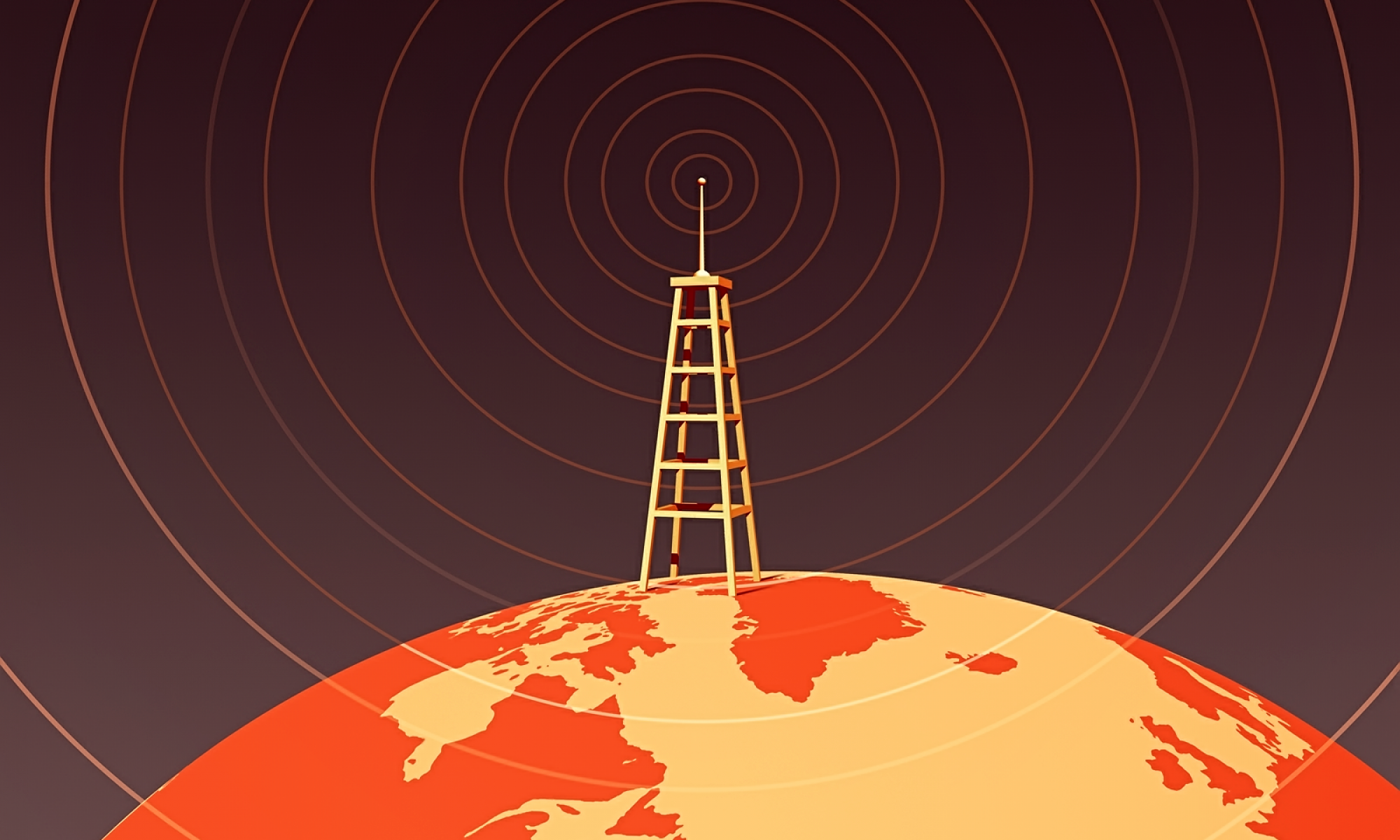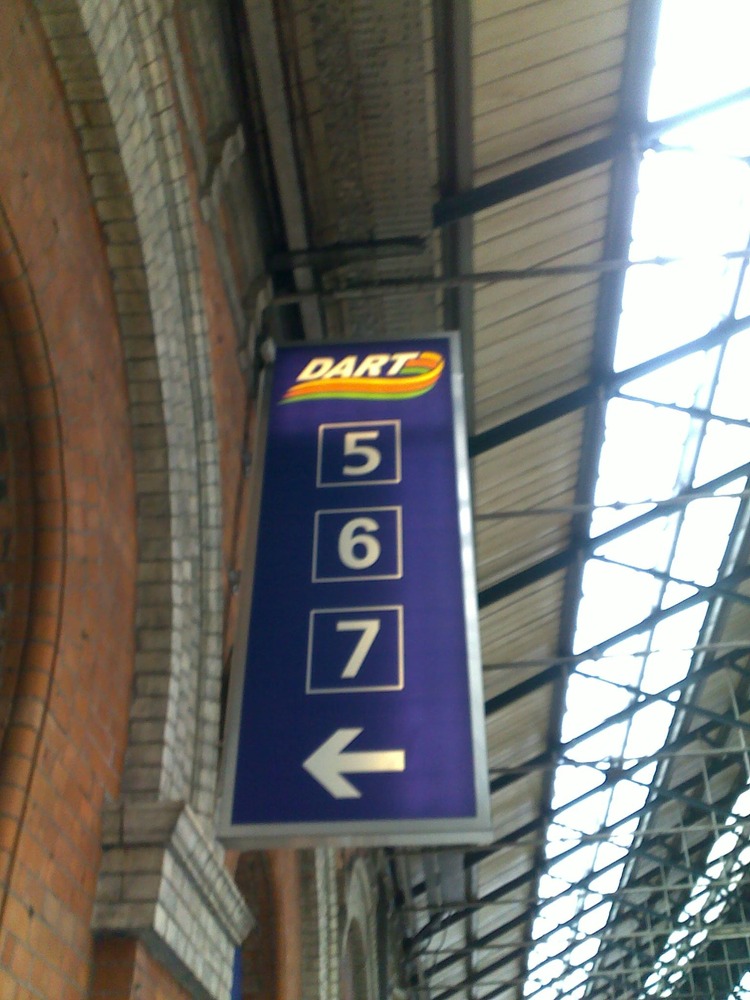photo via http://radiomap.eu
If you have ever driven into Befast from the South you may have seen this antenna at Sprucefield and wondered what is that for? Well I did, all too often. I knew it was for radio transmitting, but I never knew what kind. Was it broadcast radio? was it for utilities such as army? That’s what I used to think when I was younger and there was more army about. But its design was a clue to its use. The diamond shaped antenna that is fatter at the middle is an antenna design classic that adorns QSL cards & Radio Billboards (of yesteryear) the world over. The answer to my question was that it is in use for regional broadcast radio.
Analogue radio
| Frequency | kW[1] | Service |
|---|---|---|
| 720 kHz | 10 | BBC Radio 4 |
| 909 kHz | 10 | BBC Radio 5 Live |
| 1089 kHz | 12.5 | Talksport |
| 1215 kHz | 16 | Absolute Radio |
| 1341 kHz | 100 | BBC Radio Ulster |
Built in 1936 this radio relic is still of great use today. via bbceng.info The ‘Blaw-Knox’ mast and the ‘anti-fading’ characteristic! From an engineering point of view, the ‘big fat middle’ of the Blaw-Knox mast, just near the ‘point of maximum aerial current’, seems just ideal, as any radio engineer will confirm! Its original frequency was 977 ‘Kc/s’ (kHz) and the overall length of the mast at commissioning was just a little over 500 feet in height. It was commissioned as ‘the BBC’s first anti-fading aerial’ (Pawley p94). The ‘Anti-fading’ characteristic is often associated with the strong visual impression that these ‘Blaw-Knox shaped’ radiators impose upon one’s psyche. Ostensibly, it seems completely logical that the radiator’s complex and unique mechanical shape would be the reason for such desirable anti-fading properties. Incredibly, this is not the case! In fact, no aspect is more misunderstood about the whole Lisnagarvey site than this very point! Any ‘anti-fading’ characteristics that the tower may have had nothing in the least to do with its cigar shape! In fact, the ‘unique shape’ of such radiators was proven to actually degrade their performance instead of enhancing their characteristics!





